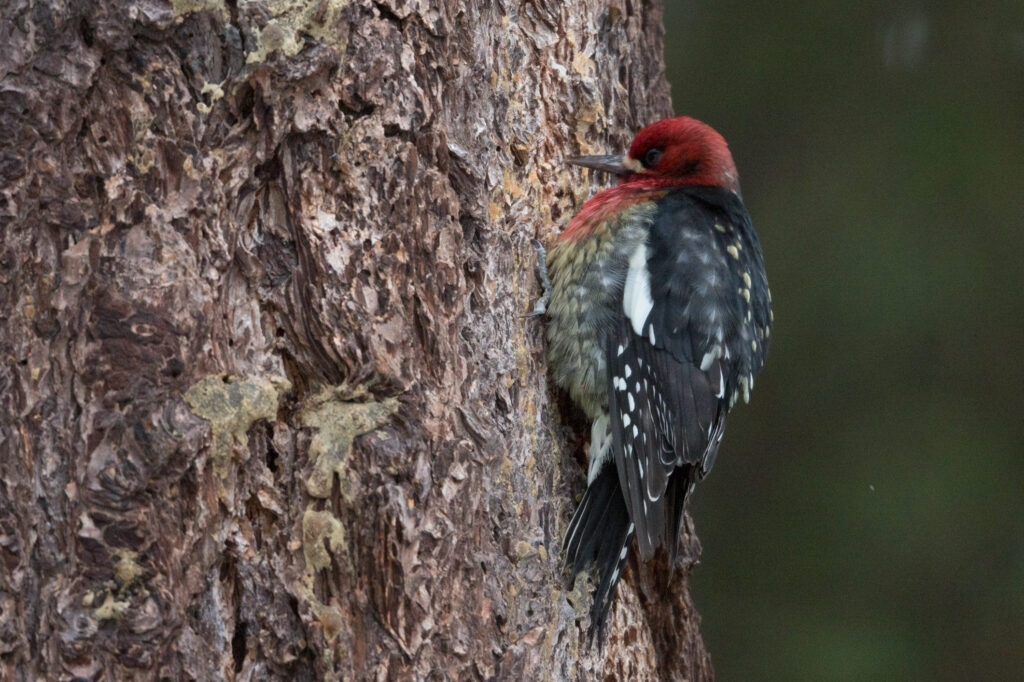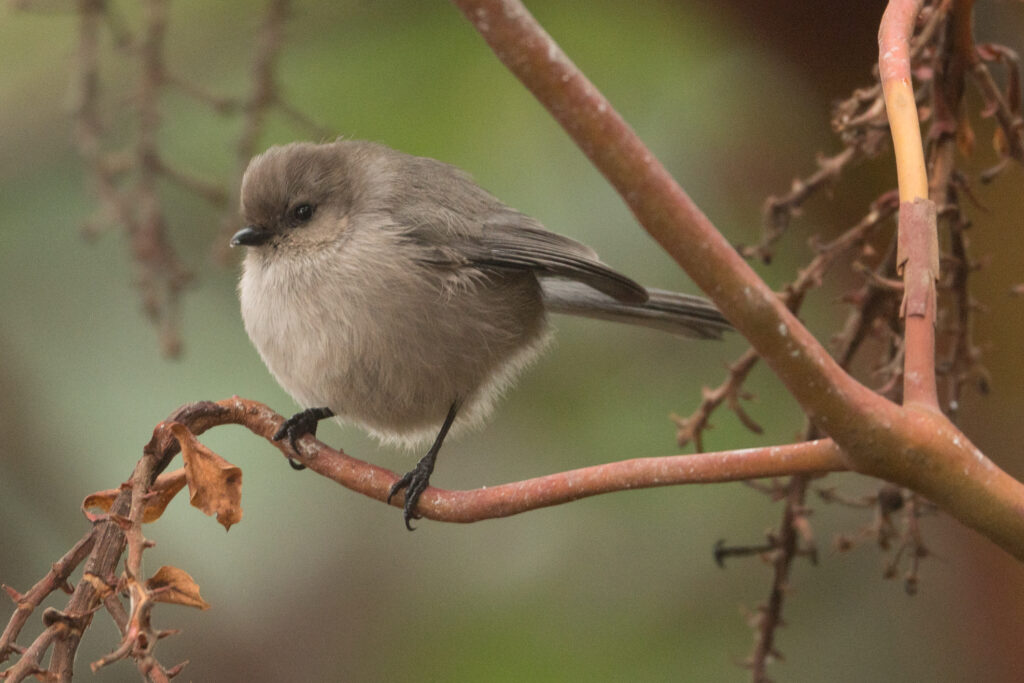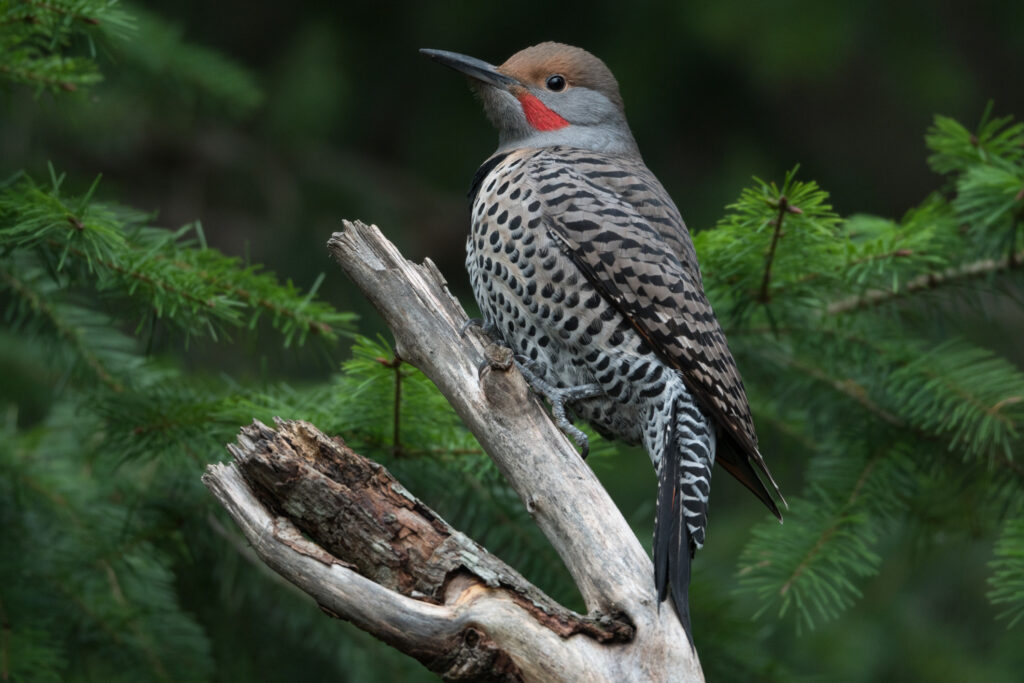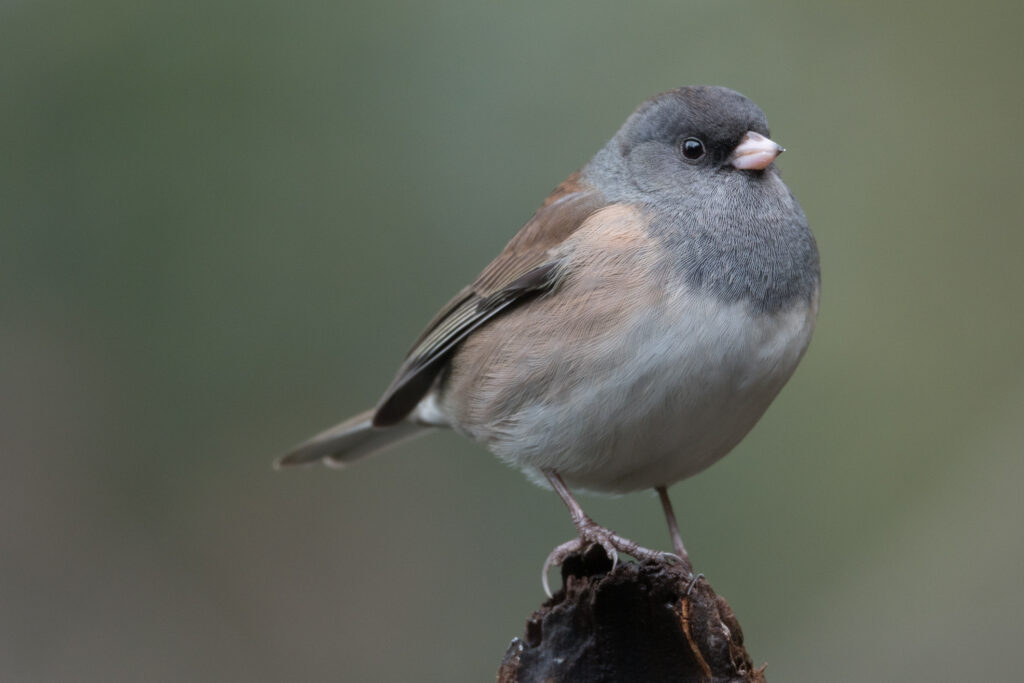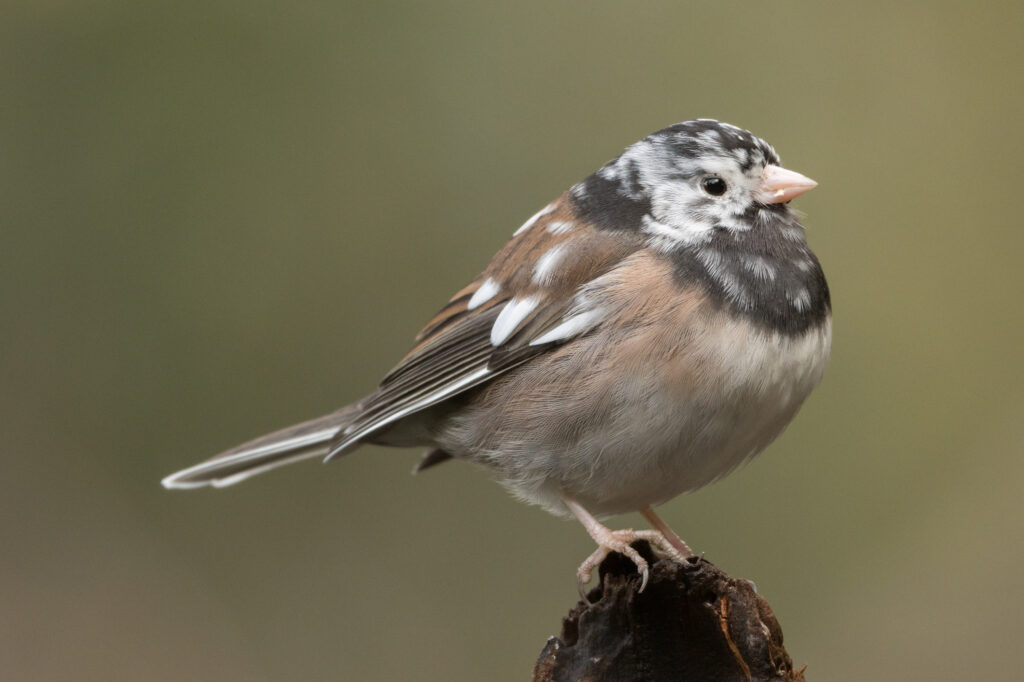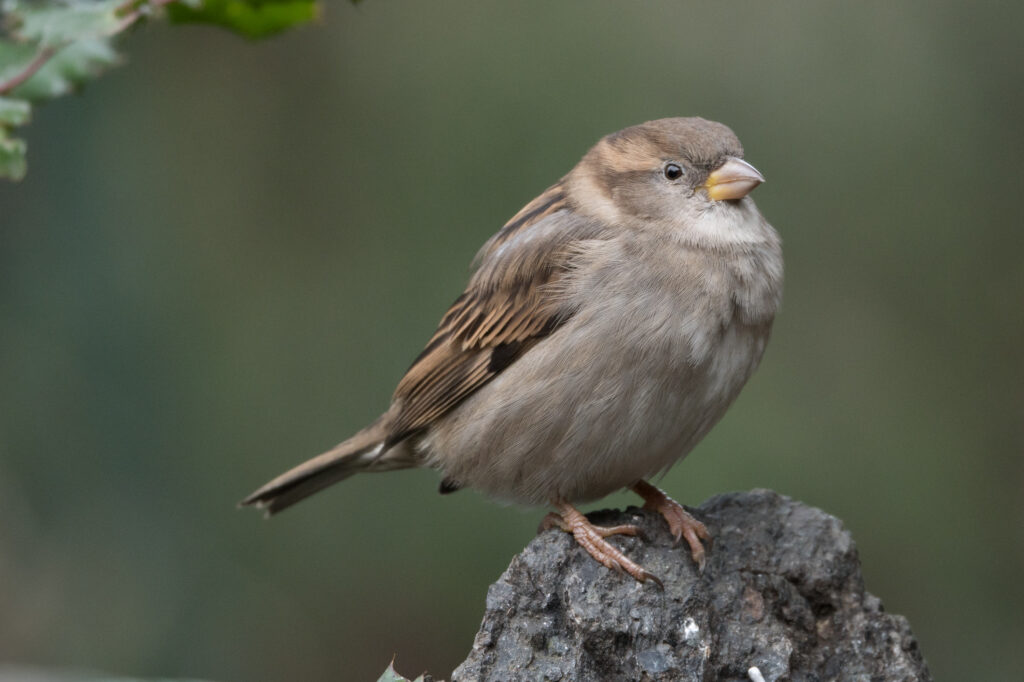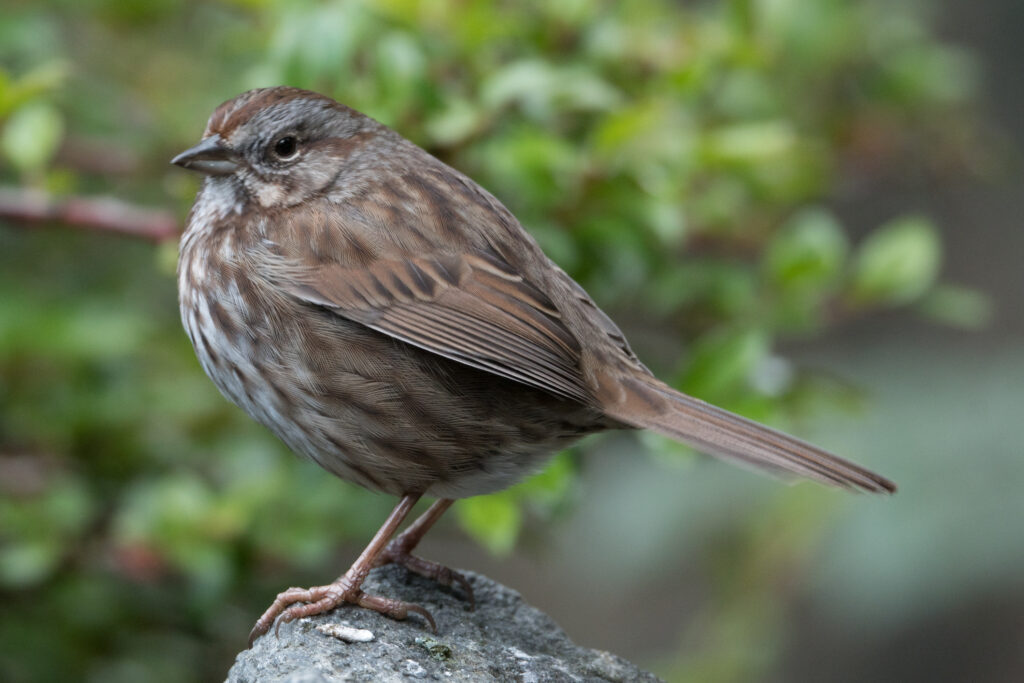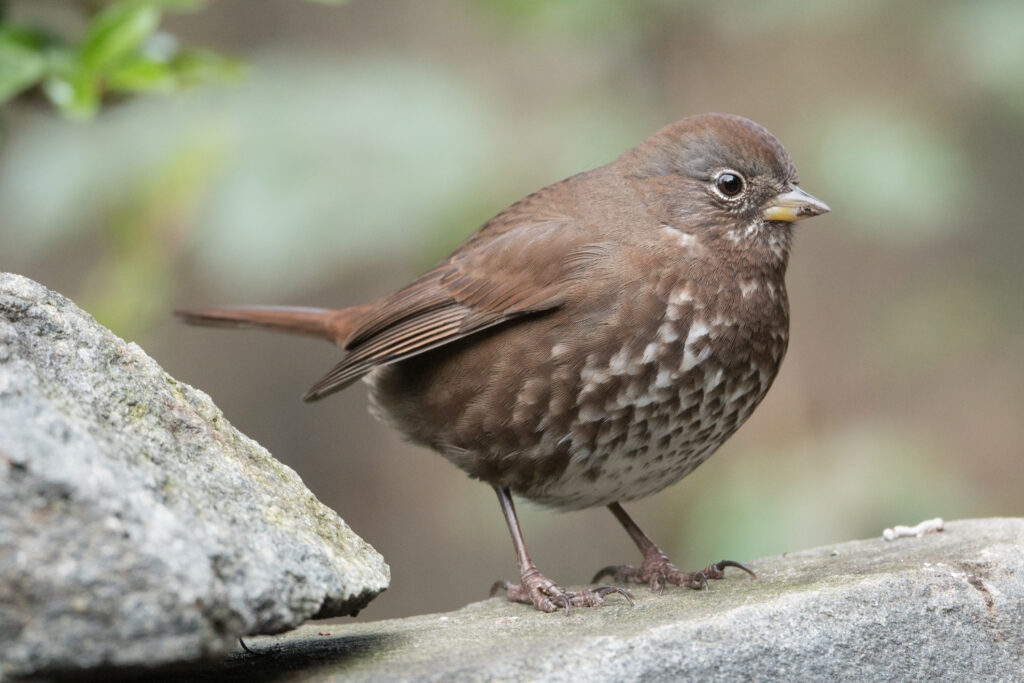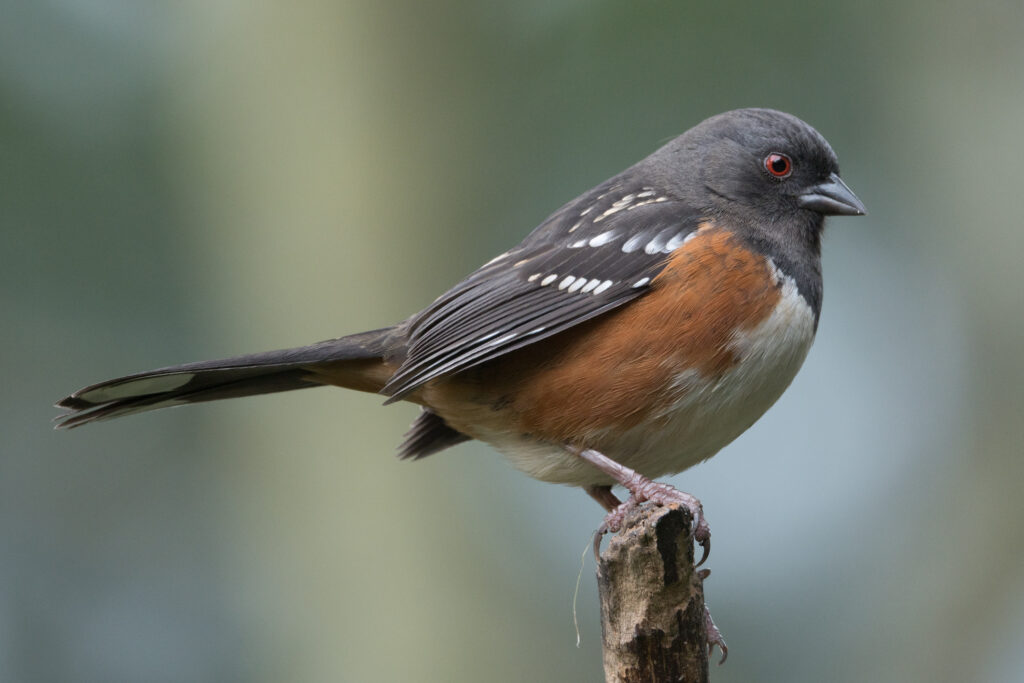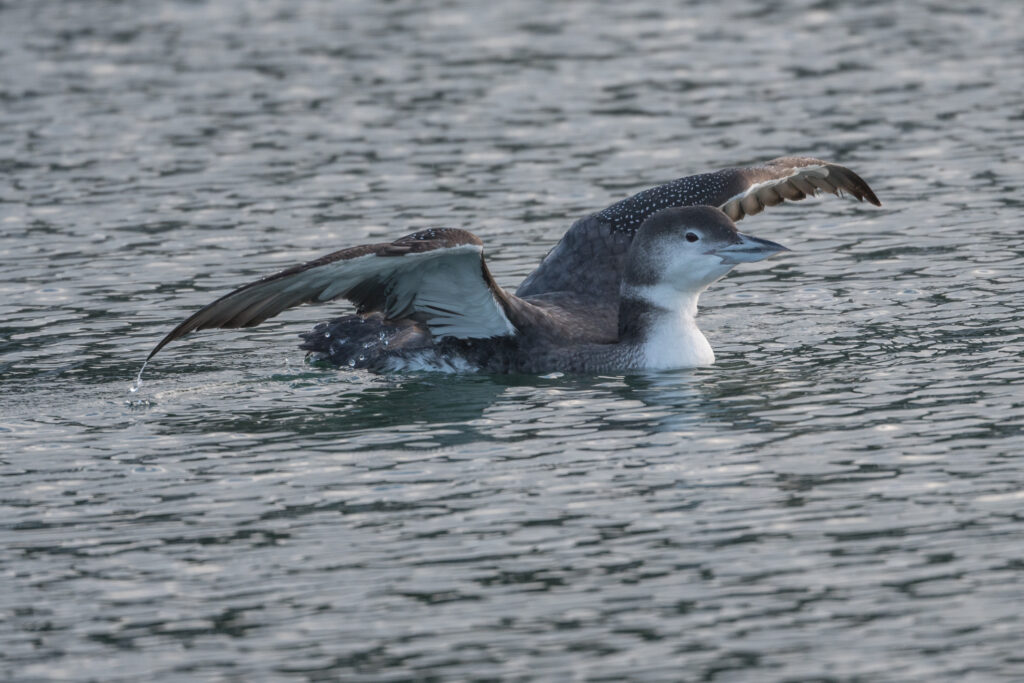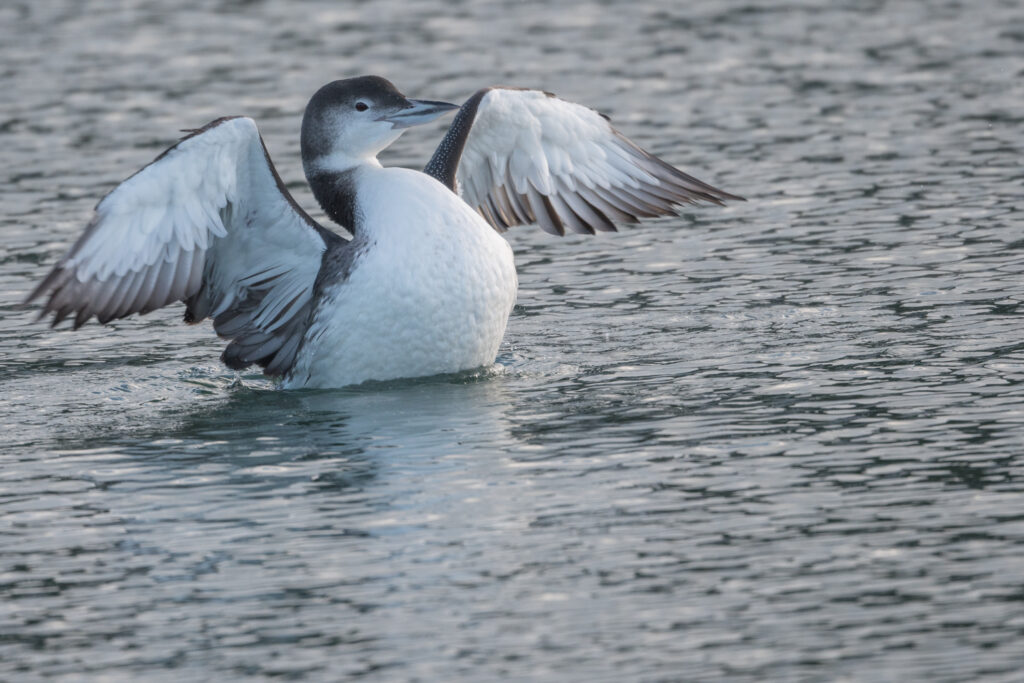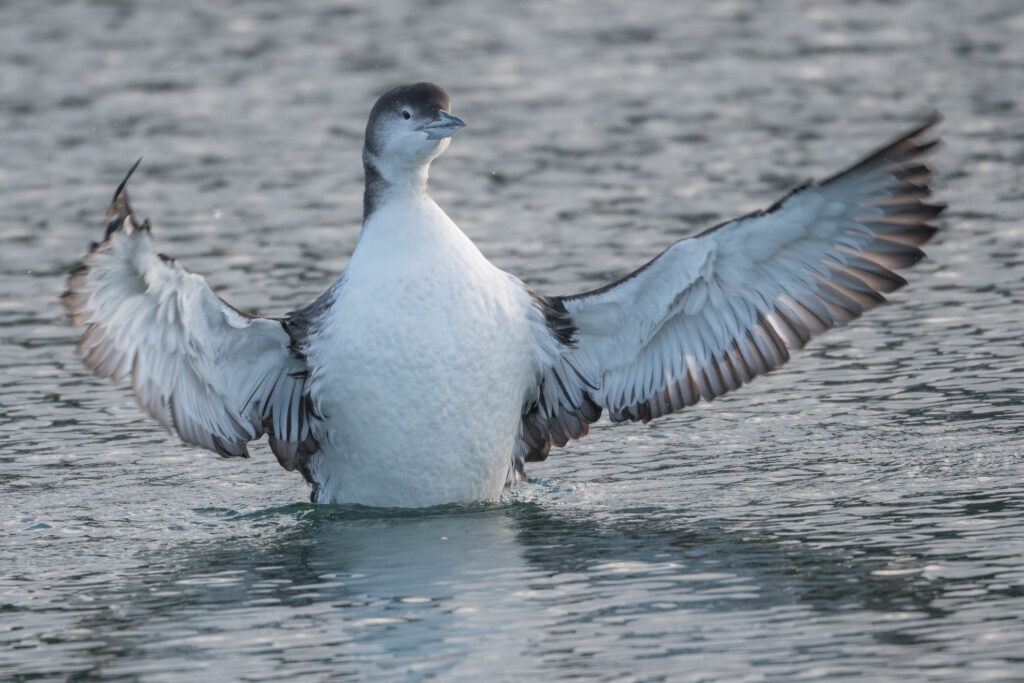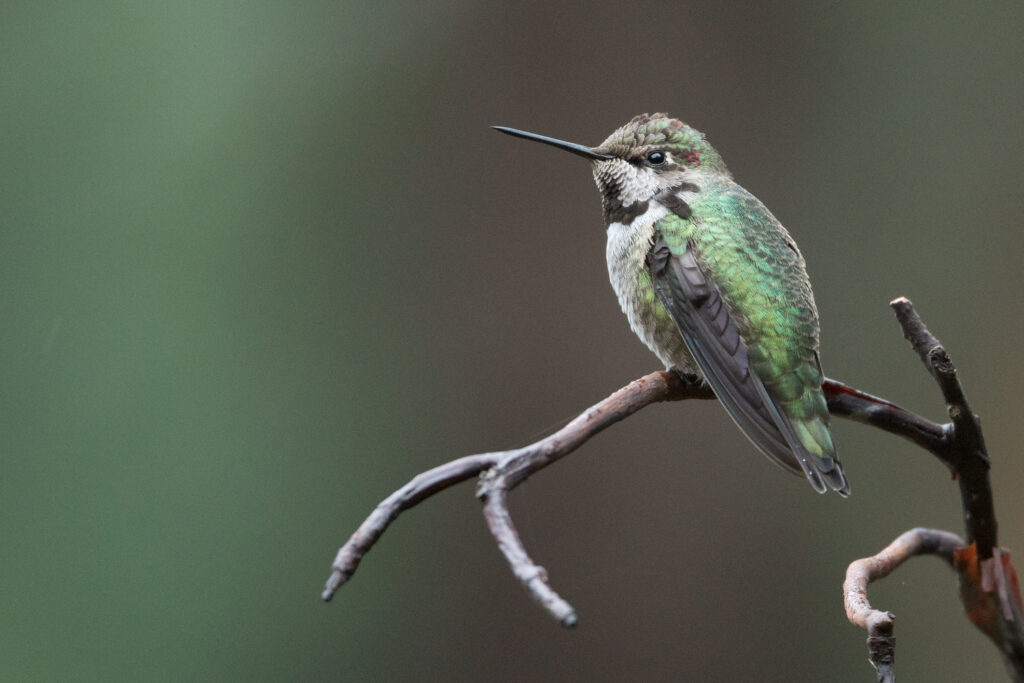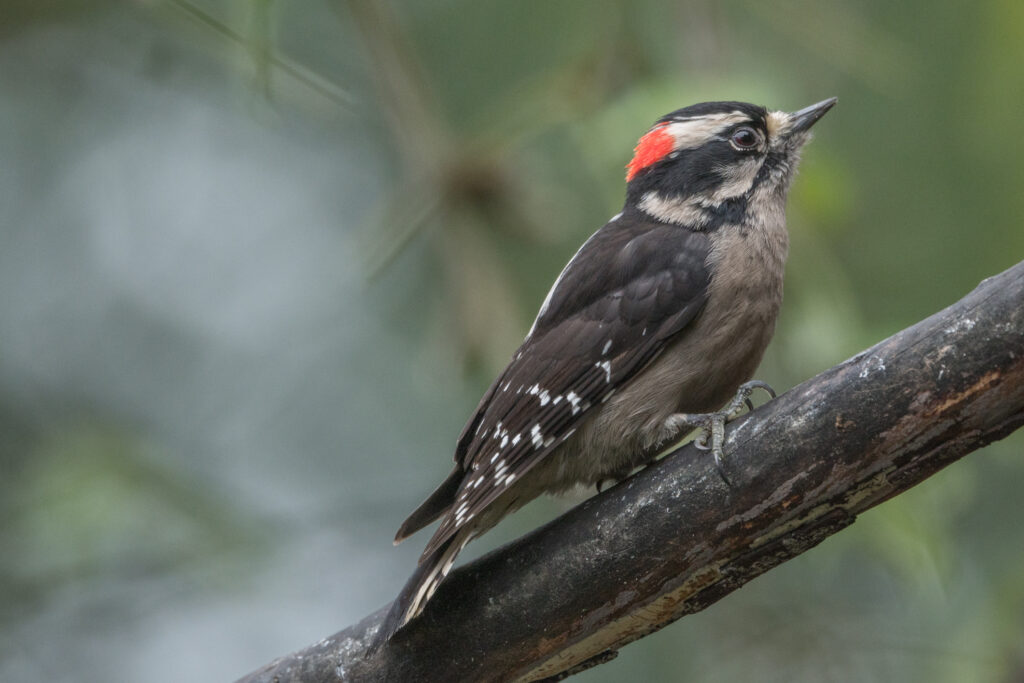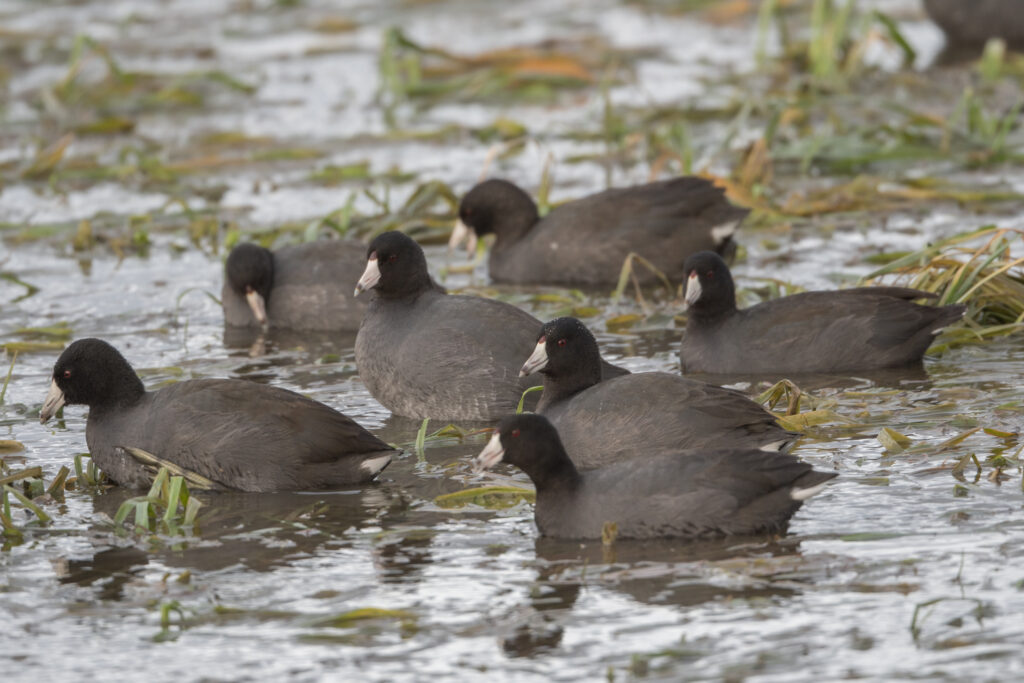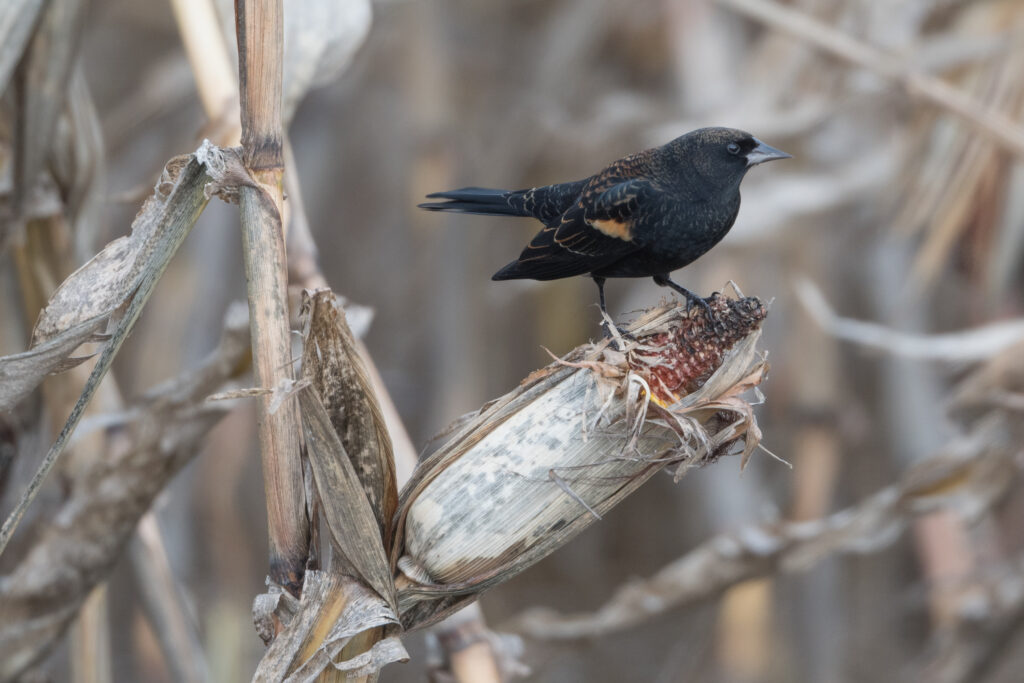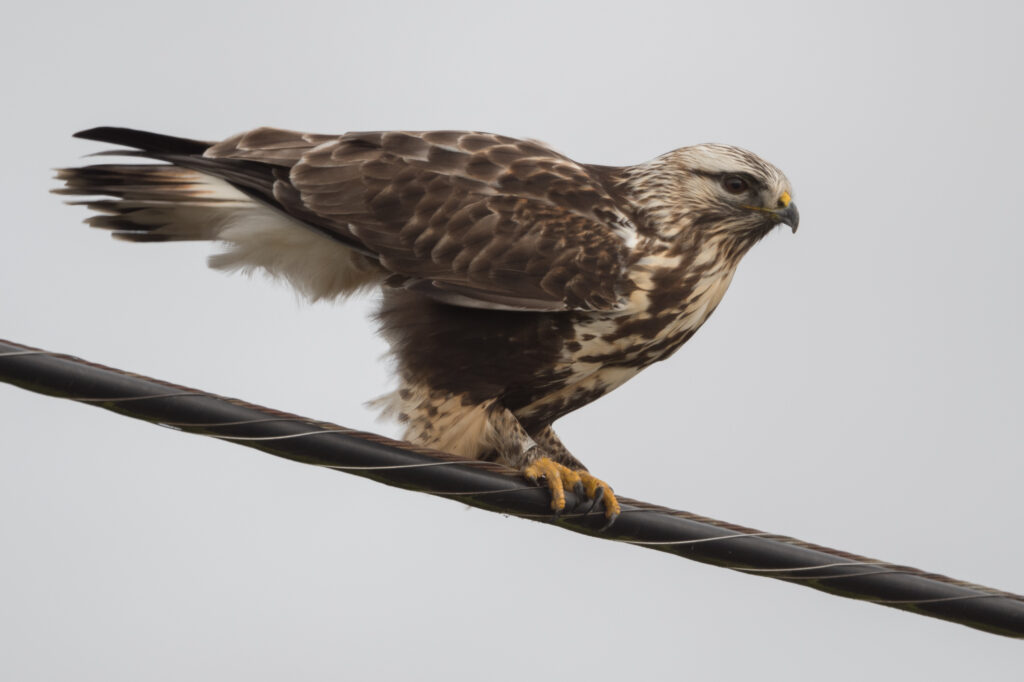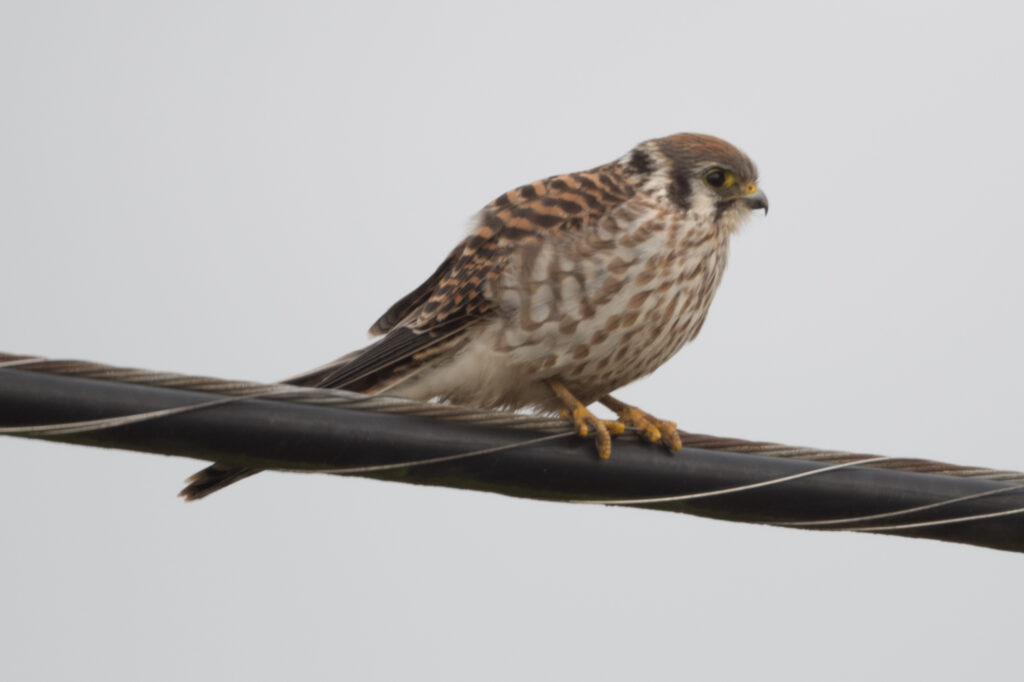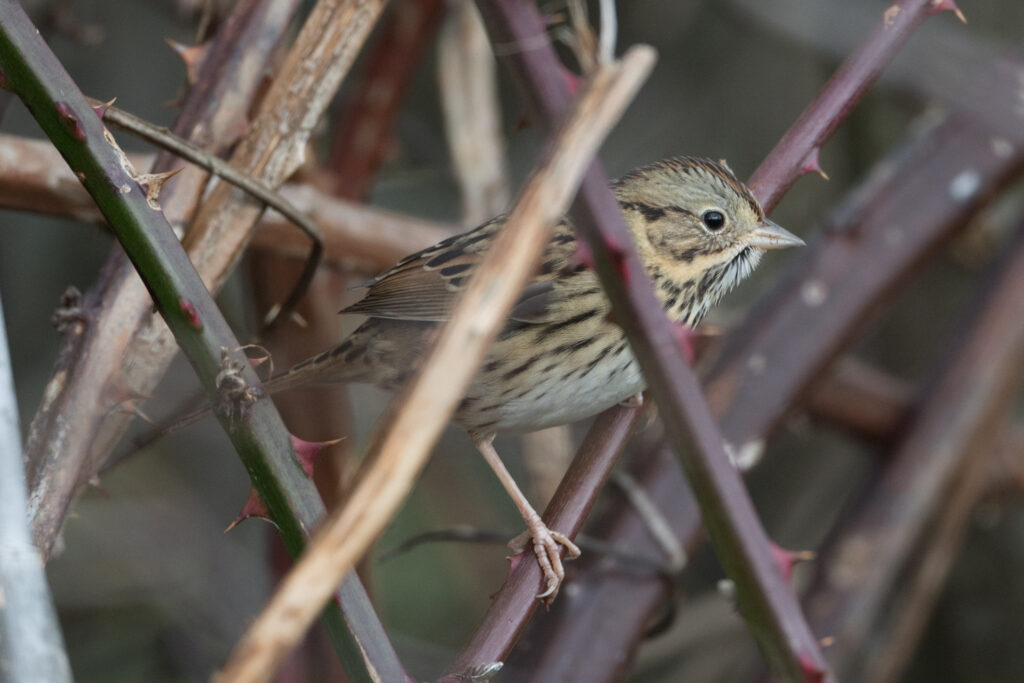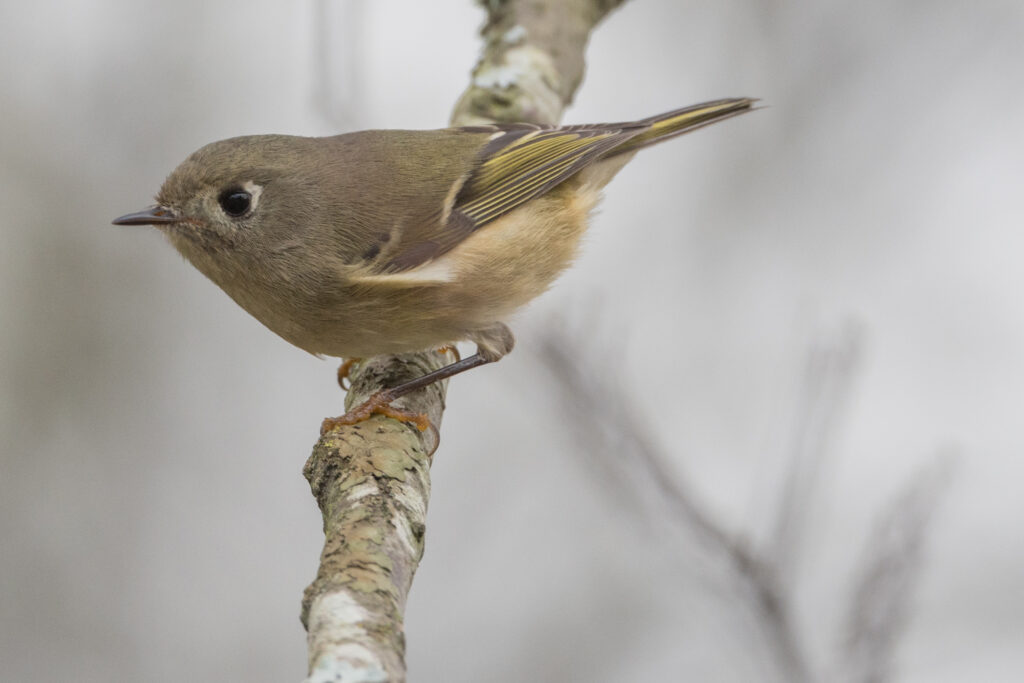I believe this was my first White Christmas at any location where I was living at the time. I always look forward to snow both for the change of scenery but also for the opportunities it gives for nature photography. The birds can be easier to locate and are usually more reluctant to fly.
It’s been a somewhat boring fall here at the house… just the usual visitors dominated by a very large number of Dark-eyed Oregon juncos.
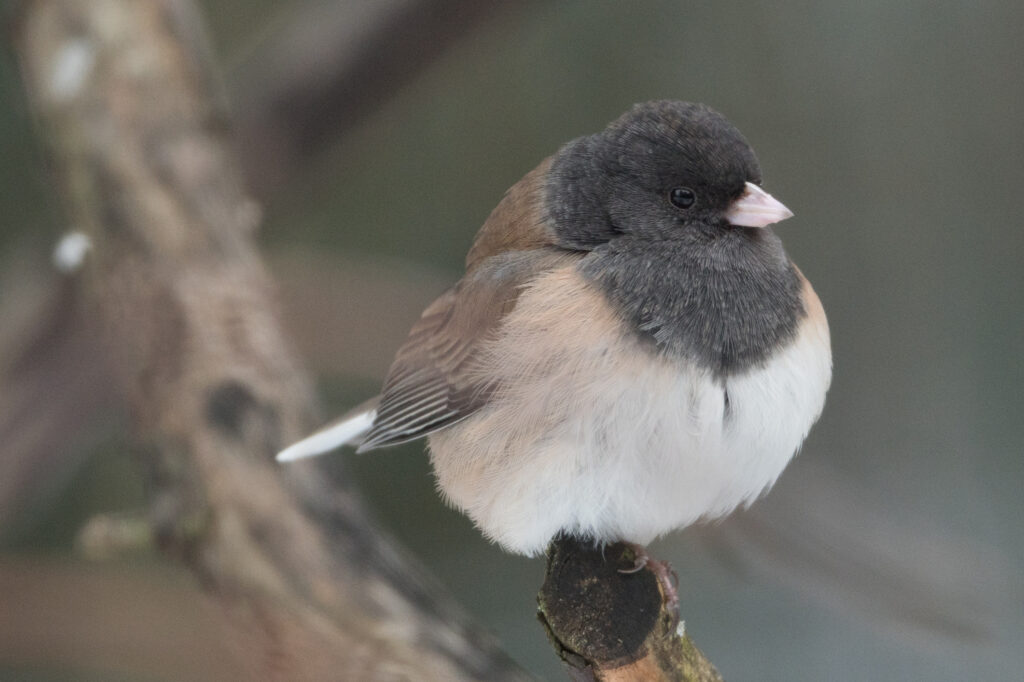
As I have previously mentioned, our leucistic Dark-eyed Oregon junco is back with us this winter and it appears that it’s now firmly in its element!
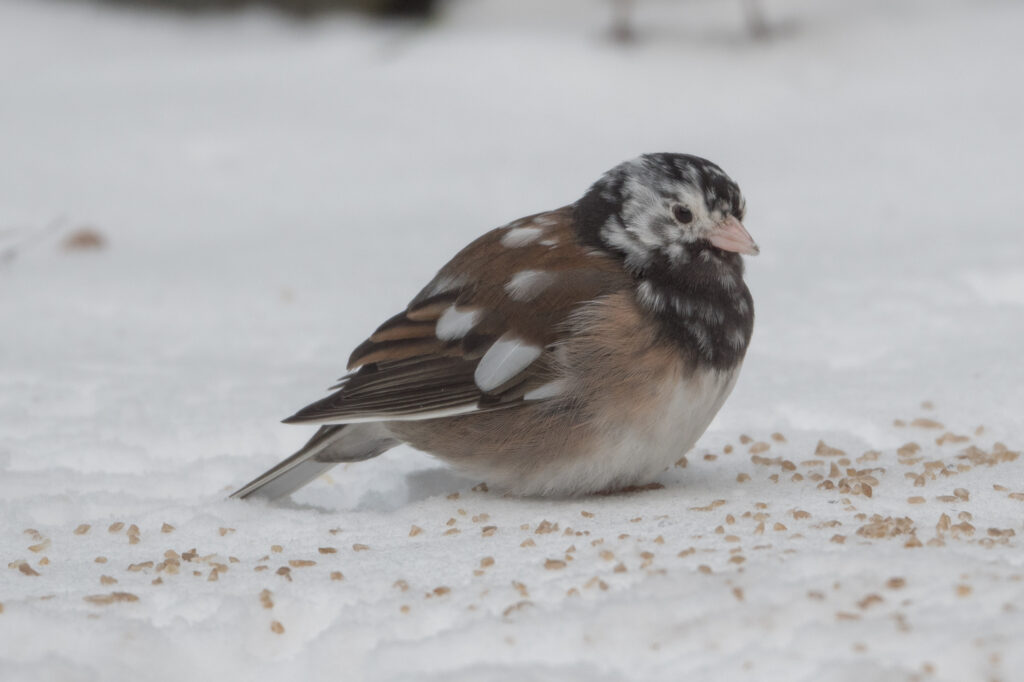
The inverted suet feeder in our yard was a big drawing card for all but the last species pictured below. I usually refrain from photographing birds on feeders, but this female Northern flicker was an opportunity too good to let pass.
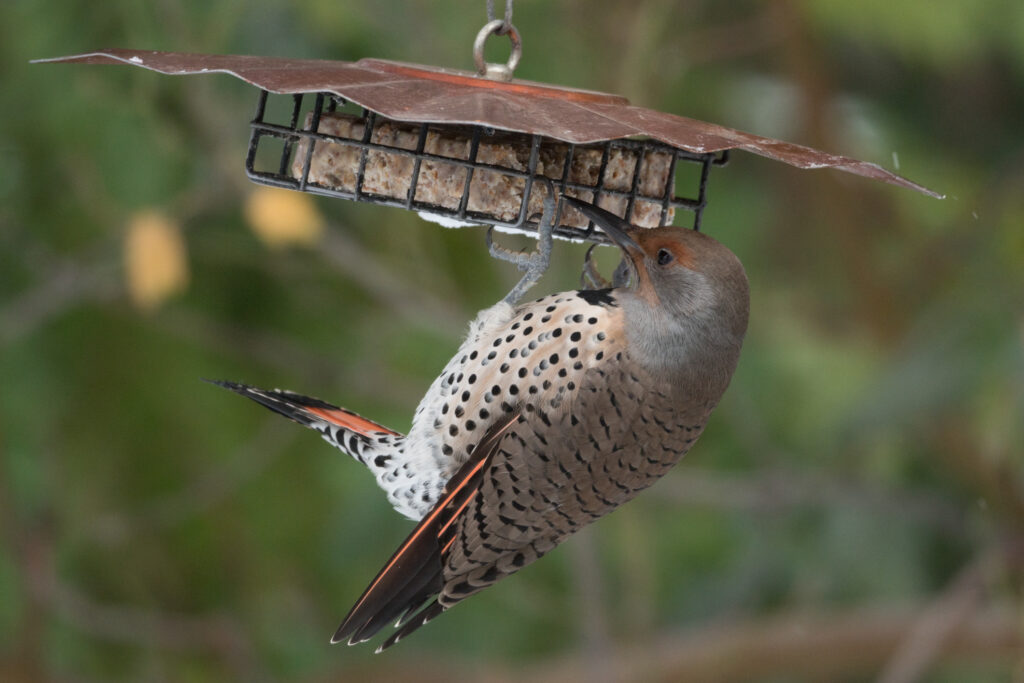
This Red-breasted nuthatch was anxious to displace a Downy woodpecker on the suet feeder and gave me the opportunity to get better photos than might have otherwise been possible.
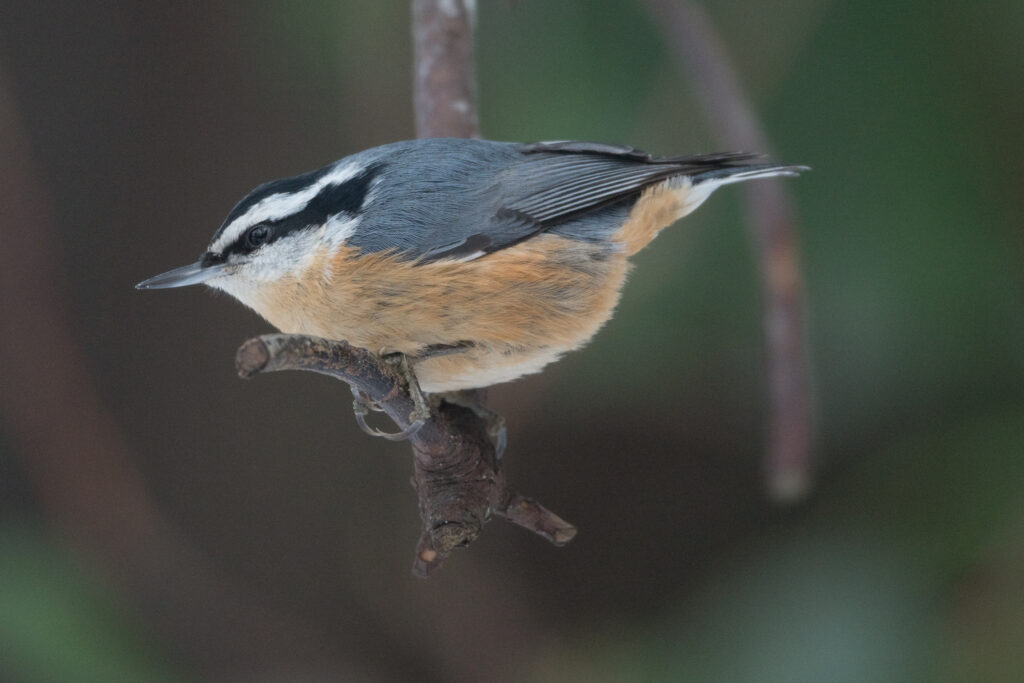
This male Downy woodpecker was waiting for an opportunity to access the suet.
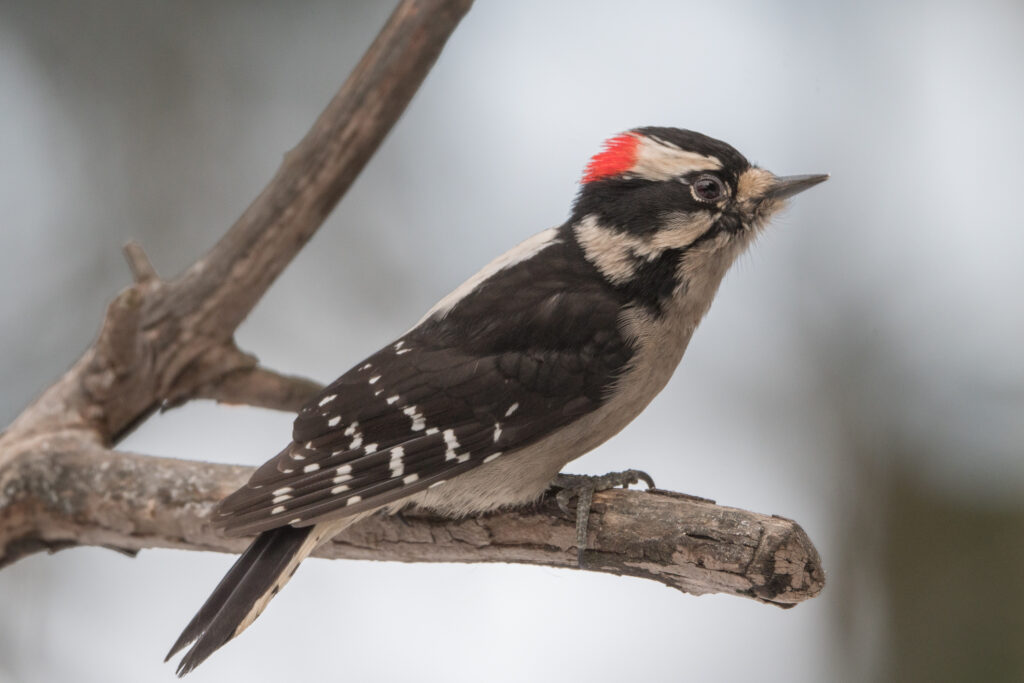
Bushtits sweep through the yard several times a day, stopping briefly to mob the suet. I managed to catch this pair (male and female) waiting for an opportunity to access the suet feeder. So how do I know this is a pair and which is the male and which is the female?
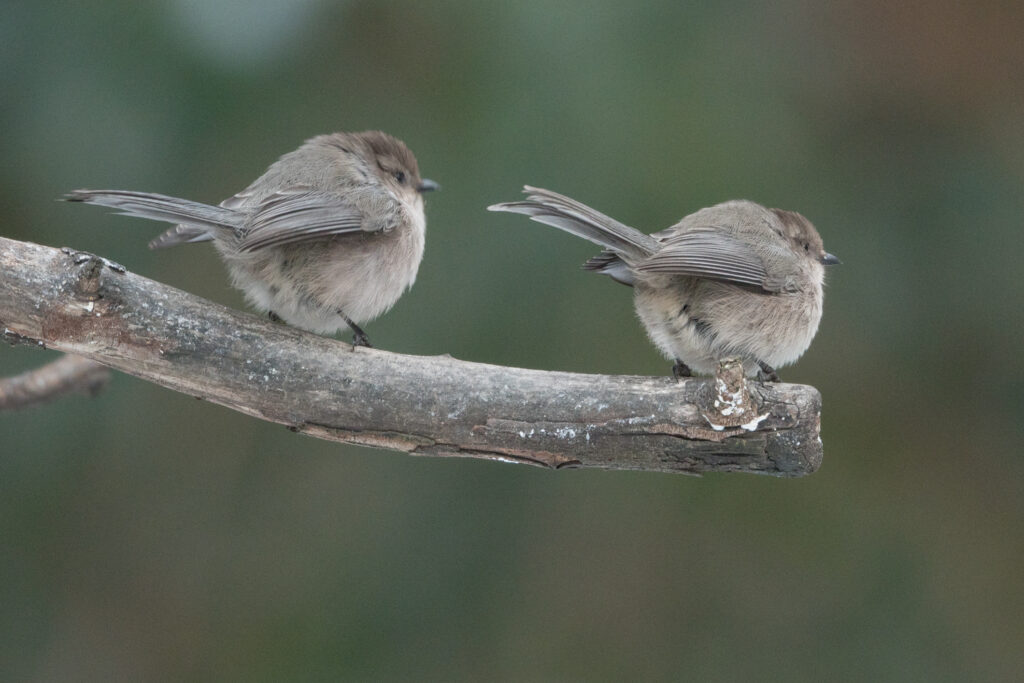
These were all nice photos, but not the big news of the day (12/27). I noticed some unusual activity on the trunk of our largest fir tree, and upon investigating I discovered a Red-bellied sapsucker. I grabbed my camera and positioned myself where I could get photos. Before long I discovered that there were actually TWO sapsuckers!
I had seen Red-breasted sapsuckers on our property only once previously, many years ago. They had been on this same tree (our largest fir) and had been fighting, at one point on the ground. The sapsuckers I was observing this day also exhibited some aggression, apparently attempting to defend what they considered personal feeding sources (sap holes). (The next day (12/28) I discovered a THIRD sapsucker on the tree!)
